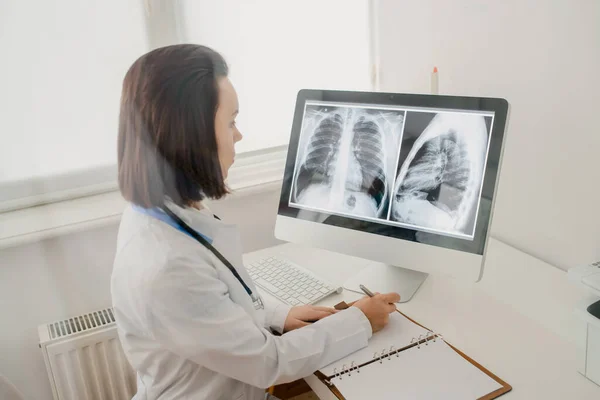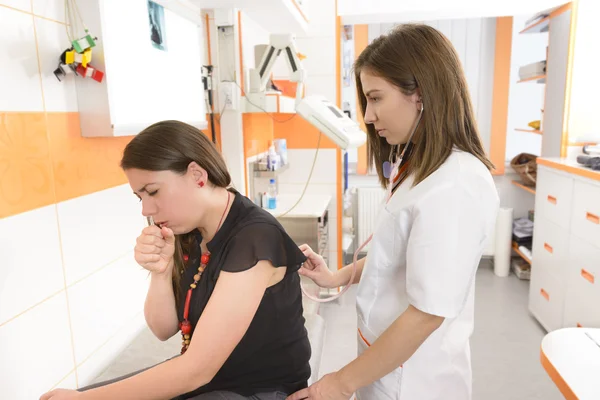Understanding the Different Stages of Tuberculosis
Determining the absolute "first sign" of tuberculosis (TB) can be tricky because the infection develops in two stages, each with different characteristics. Let's explore the stages of TB and their symptoms.
The Initial Symptoms of TB
The first sign of tuberculosis (TB) can vary depending on the type of infection. In most cases, the initial symptoms are mild and may include a persistent cough that lasts for more than three weeks. This cough may be dry or productive (producing phlegm), and sometimes blood-tinged. Other symptoms may include loss of appetite, unintentional weight loss, fever, chills, chest pain, and weakness or fatigue.
The Different Stages of TB
TB progresses through different stages, each with its own characteristics and implications. Here are the general stages of TB: exposure, latent TB infection (LTBI), and active TB. Learn more about each stage and its symptoms.
Drug-Resistant TB: A Specialized Treatment
In some cases, the bacteria that cause TB can develop resistance to standard antibiotics. This is known as drug-resistant TB and requires specialized treatment. Find out more about this rare form of TB.
TB Classified Based on the Affected Area
TB can affect different parts of the body. Pulmonary TB is the most common type, affecting the lungs, while extrapulmonary TB affects other parts of the body. There is also a rare form called miliary TB. Discover the symptoms and treatment options for each type.

What Causes TB?
TB is caused by a type of bacteria called Mycobacterium tuberculosis. Not everyone who comes into contact with the bacteria will develop active TB. Learn about the risk factors that increase the chances of developing TB after exposure.
How Does TB Spread?
TB is contagious and primarily spread through the air when an infected person coughs, sneezes, speaks, or sings. However, not everyone who is exposed to TB becomes infected or develops active TB disease. Find out more about the transmission of TB and how to prevent it.
Preventing TB: Individual and Public Health Strategies
Preventing TB involves a multi-pronged approach targeting both individual actions and public health initiatives. From vaccination to early diagnosis and treatment, discover the key strategies for preventing TB at both the individual and public health levels.
Additional Tips for TB Prevention
If you live in a region with a high TB burden, there are additional steps you can take to protect yourself. Learn about the risk factors, symptoms to watch out for, and how to raise awareness about TB in your community.
Combining Efforts for a TB-Free Future
By combining individual efforts with strong public health interventions, we can significantly reduce the global burden of TB and work towards a future free from this devastating disease. Find out how you can contribute to the fight against TB.

RELATED: Evolution of Tuberculosis: New Insights and Facts
*** Please consider supporting our sponsor *** |
| [TAG3]
Image Credit: Phyllis Dunson / AuthorsUSA.com |
Did you miss our previous article...
https://naturesmart.us/health/roasted-squash-cauliflower-and-chickpeas
 HealthWellnessFitnessBeautyVideosPrivacy PolicyTerms And Conditions
HealthWellnessFitnessBeautyVideosPrivacy PolicyTerms And Conditions
